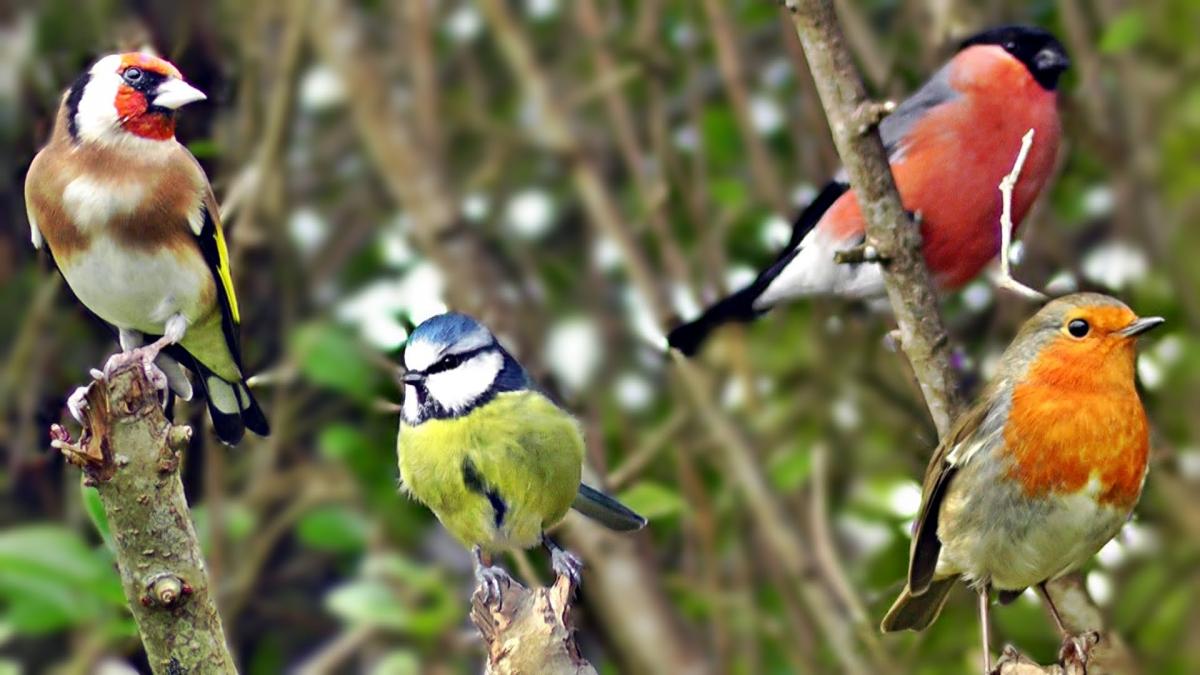Live
- Taluk Guarantee panel
- Uber Launches Uber Moto Women for Safer and Flexible Rides in Bengaluru
- ‘Fear’ pre-release event creates waves
- Champions Trophy 2025 Host Change? Indian Broadcaster's Promo Sparks Controversy
- Nabha Natesh introduced as Sundara Valli from ‘Swayambhu’
- Aamir Khan praises Upendra's ‘UI: The Movie’ ahead of its release
- Celebrations: Keerthy Suresh ties the knot with Antony Thattil
- Indian scientists develop flexible near-infrared devices for wearable sensors
- Wordle Answer and Hints for Today (December 12, 2024) – Solve Wordle #1272
- Kiara blazing through fashion and film
Just In

The corporate investments and market plans must always follow great level of understanding and study. Usually the equation of pay vs. pay off for quick profit only most corporate adopt than seeing the long term benefit of the organization.
The corporate investments and market plans must always follow great level of understanding and study. Usually the equation of pay vs. pay off for quick profit only most corporate adopt than seeing the long term benefit of the organization.
Any new business proposal will be always calculated in terms of net profit to the organization. Many corporate do conduct market surveys to understand the likely business size of their new initiative, its USP and the promotional expenditure required etc., and then the topic discussed threadbare before the venture is taken up. Most often, the calculations can go wrong as well.
To understand and forecast things better and prepare the employees to such level, may training activities are also initiated in most corporate. The most favourate management tool – SWOT (Strength, Weakness, Opportunity and Threat) analysis technique is taught to the employees during such trainings.
Do you know, there are several birds, knew this technique? The investment vs. profit theory and theory of how to maximize the profit out of a given investment (effort) are well coded in the brain of many birds.
Uncommon knowledge about the economics of birds can be seen especially during the period of egg laying. Many birds lay different numbers of eggs and the number of eggs in a given time point is otherwise called clutch size. The clutch size differs with different birds and the clutch size is largely governed by various ecological factors such as competition, food availability, temperature etc., in the habitat where birds live.
Many attempts were made to alter the clutch size artificially by removing or adding eggs in the nest to understand how the birds would respond to such changes. When there was less number of eggs in the clutch, the birds were found to lay extra eggs to compensate the loss or balance the clutch size and removed the extra eggs when they found eggs excess.
When the birds incubate over the eggs, they invest their time and care and hence it is necessary to optimize the opportunity to produce more offspring. The birds are quite wise not to accommodate more number of eggs in the nest as the temperature required for incubating the eggs may fall short and the heat may not distribute uniformly to all eggs if the number of eggs are more. Further feeding more number of young ones is also difficult if more chicks hatch out.
The shore birds and ground nesting birds seems to maintain relatively bigger clutch size than birds that nest on tall trees. Similarly, birds in the cold region tend to have smaller clutch size due to the temperature demand for the eggs during incubation.
Look at the management wisdom of birds. How wisely the birds decide the number of eggs during incubation depending upon the situation. This is what the entrepreneurs and corporate must learn. Before investing their resource, various micro factors need to be understood like how birds do during egg laying. Birds know the economics and investment management as good as many economists.
S Ranganathan

© 2024 Hyderabad Media House Limited/The Hans India. All rights reserved. Powered by hocalwire.com







